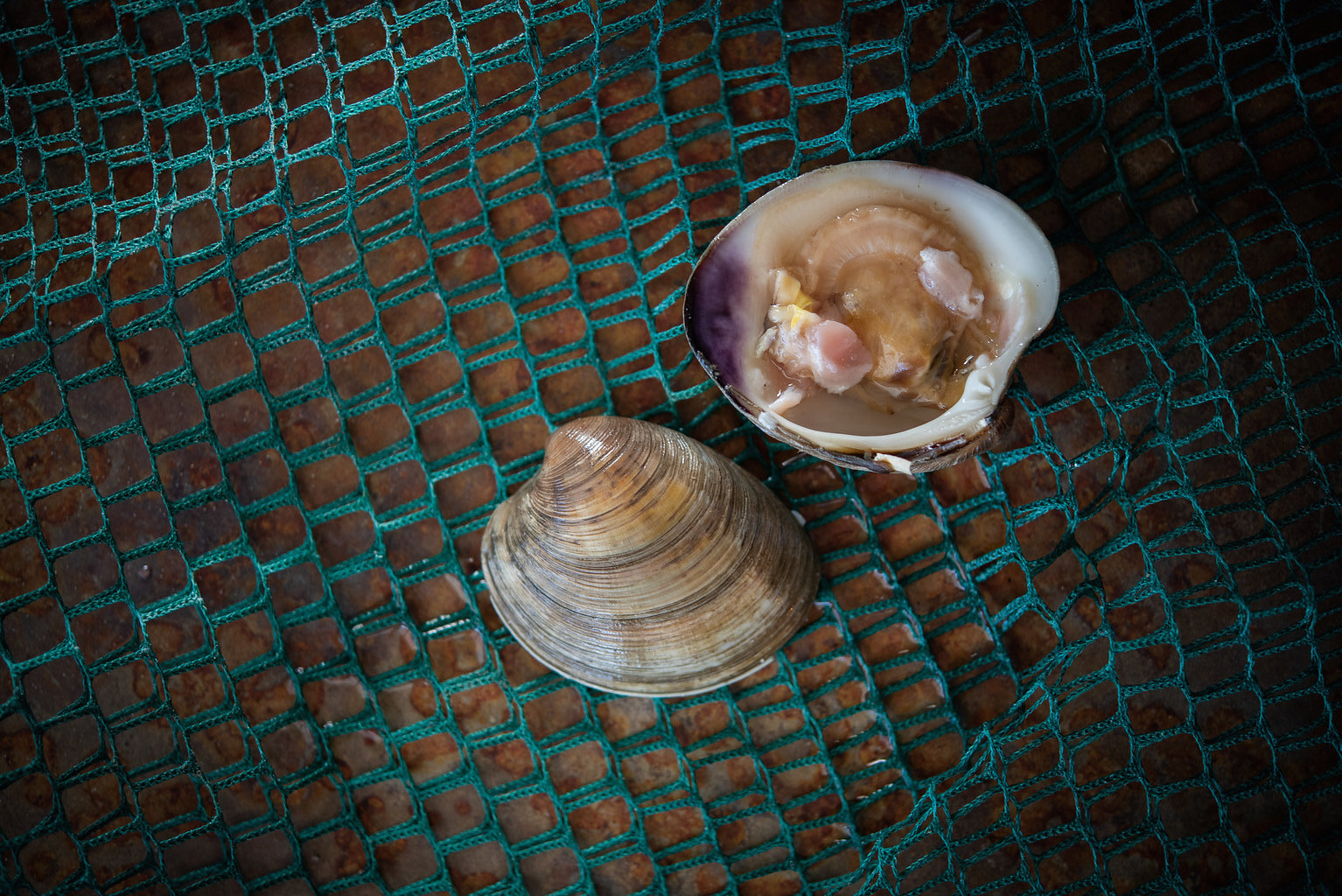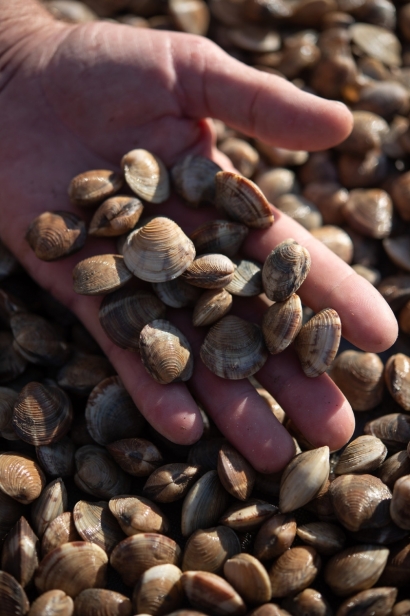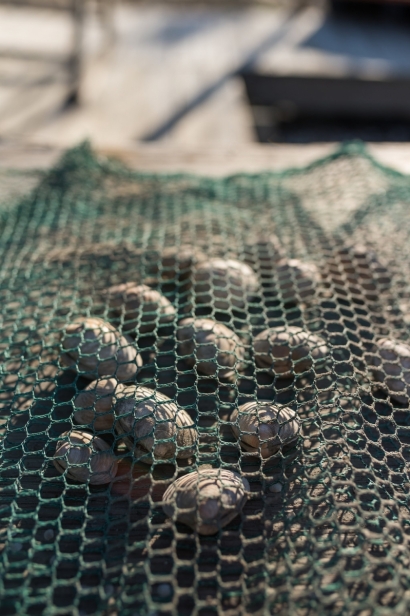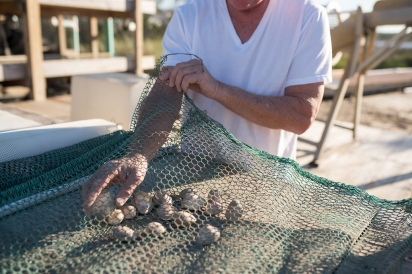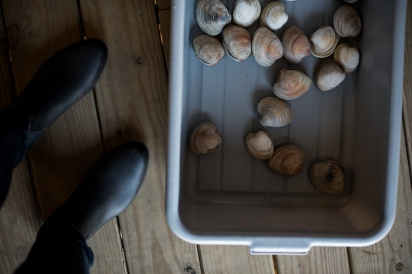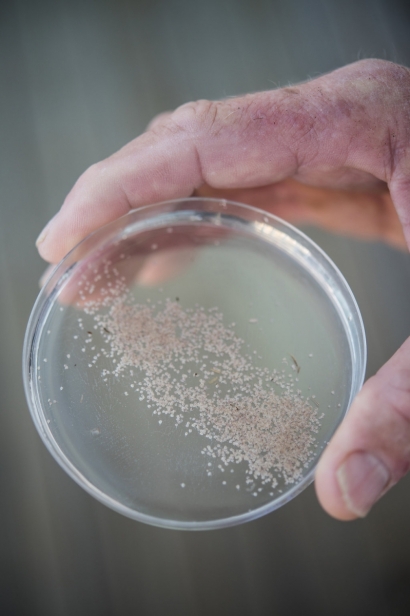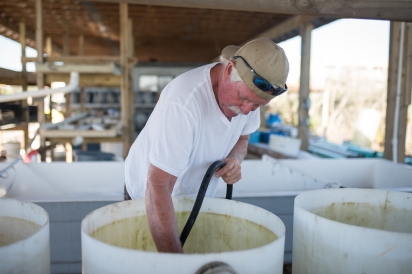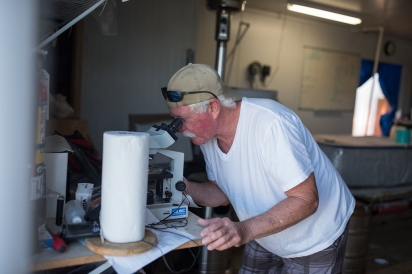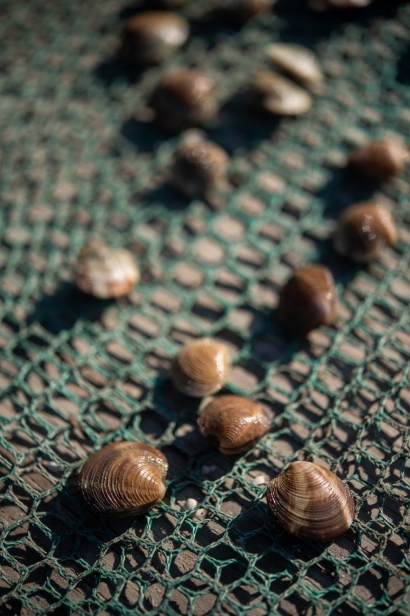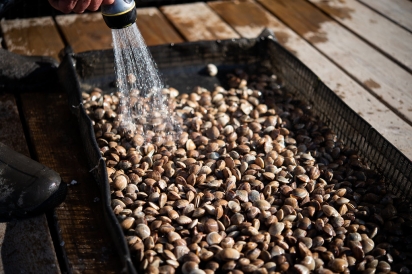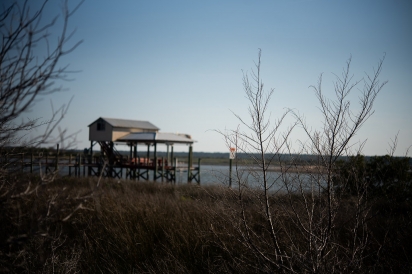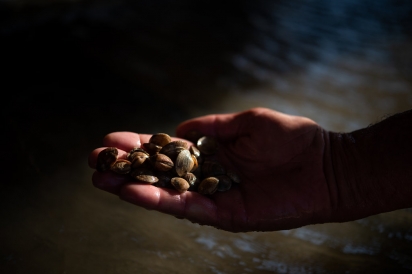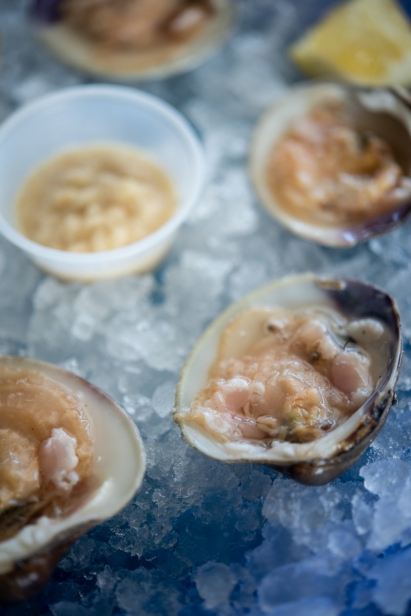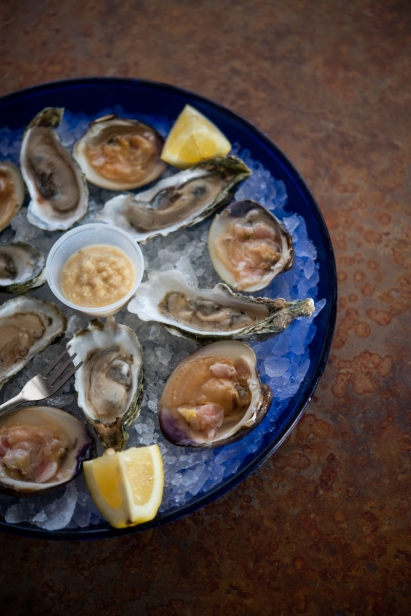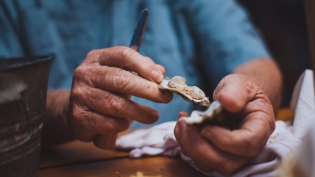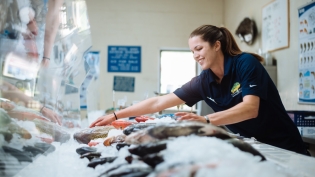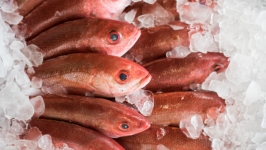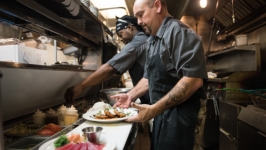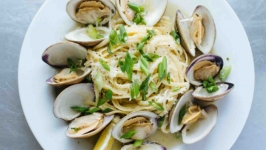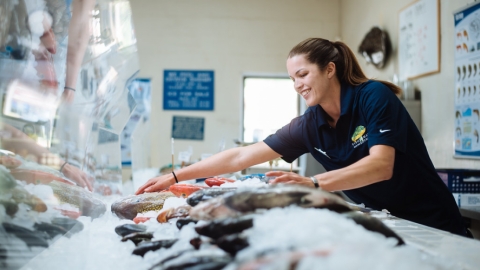The Lowdown on Local Clams
Maybe you want an endless supply of fresh clams for supper. Or perhaps you’ve realized that bivalve mollusks from a local source may be a more sustainable choice in our modern era of industrialized food. Possibly you think parlaying a demand for seafood into a profitable business is possible, especially if you are lucky enough to live in Northeast Florida.
Let it go on record, however, that starting an aquaculture business venture is not for the faint of heart. Just ask Jacksonville Beach resident and former software engineer Michael Sullivan. He has seen every manner of ups, downs and in-betweens over the course of 25 years involved in all facets of the clam-raising business. At one point, he sold 50,000 clams a week to Disney restaurants. In other years, he was slammed by hurricanes as he built his current operation just south of the 206 bridge in Crescent Beach.
Consider the Mercenaria mercenaria. The scientific word for hard shell clam (or quahog) translates to “mercenary” and is related to the Latin word for commerce. East Coast Native-American tribes used clam shells to make wampum beads that were traded like cash. Clams are among the most versatile seafood, full of nutrition, easy to cook and eat raw. Done right, growing these mollusks can be a lucrative undertaking, albeit one with certains risks and regulations.
Even a cottage industry clam farmer must abide by the rules. According to Sullivan, if you want to grow and sell clams, all you need is an “open water dock and some nets.” He added that special activity, aquaculture and shellstock licenses plus certifications are necessary too. Having a coastal submerged land lease is also helpful, however there are not many available here. One would either have to inherit a lease, sublet from a leaseholder or get on the waiting list.
Sullivan additionally notes that “raising clams is like all farming.” It is subject to weather whims, the negative environmental impact of rampant development, human-caused declines in water quality and predation. Lucky for him, the Matanzas River is monitored by multiple agencies, and is the perfect location for his clam nursery and sea-to-table restaurant, Commander’s Shellfish Camp.
Among Sullivan’s biggest concerns? “I’m worried about people not taking care of the river.” On any given day at the hatchery, Sullivan coaxes nature into taking its course by adjusting water temperatures with ripe clams on a spawning table. He makes what seems like a complicated system of microscopes and graduated tanks, purified water and special algae look easy. As the clams grow from miniscule to recognizable, the holding tanks get bigger and migrate west throughout the facility toward the Matanzas.
Eventually, the clams are ready to be placed in mesh bags (same as the ones used for curtains in his restaurant) and put into the river. Growing them to maturity takes about 18 months.
Conditions like water temperature set limits for growth, while other factors like food availability and degree of crowding also influence growth rates. Sullivan nurtures the clams, carefully monitoring and measuring them as they grow. He takes the seedlings that aren't growing well enough and puts them in the river to either grow on their own or become food for other critters. The rest he sells.
If you're concerned about the environmental impact of food, farming clams may be one way to achieve a sustainable future. These and other bivalves such as oysters and mussels act as effective underwater maids. As they hunt for food, they filter water, remove nitrogen and then eject cleaned water back into the ecosystem. According to a recent study by University of Florida/IFAS, 544 million gallons of seawater were filtered by the statewide production of 136 million clams due to the clams’ filtration capacity.
So, the next time you hit the raw bar, give thanks for the valuable role these bivalve filter feeders play, and also to the people who take the time to grow them.
Want to get your hands on locally-grown clams? Visit Michael Sullivan online at PremiumSeafoodInc.com or stop by Commander’s Shellfish Kitchen in Crescent Beach.


